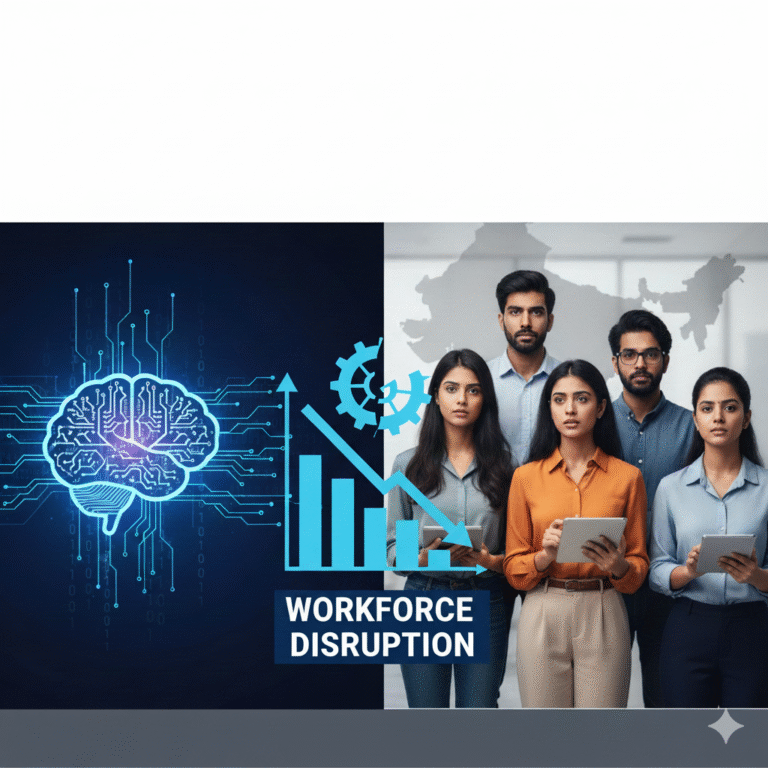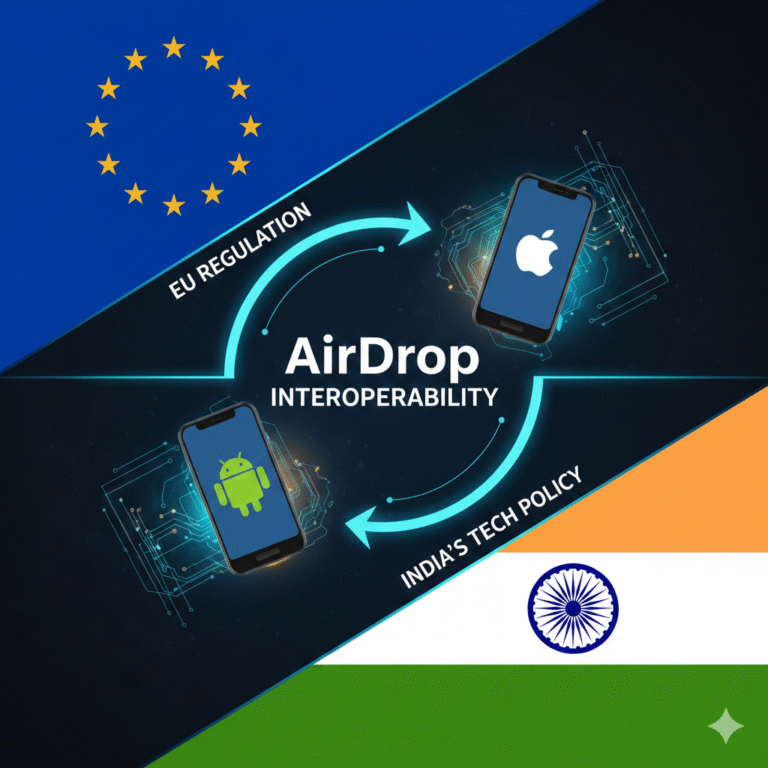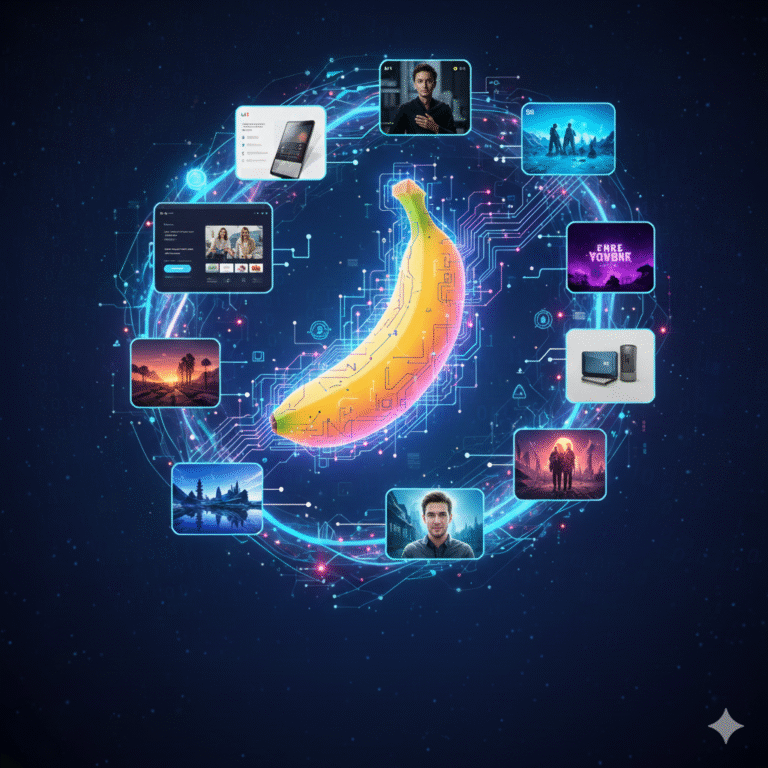In the face of increasingly sophisticated cyber threats, Google has announced a series of groundbreaking updates in its Summer 2025 cybersecurity roadmap—placing artificial intelligence at the core of digital defense. At the heart of this initiative is Big Sleep, an AI agent co-developed with DeepMind and Google’s Project Zero. This agent marks a major leap in autonomous vulnerability detection and mitigation, signaling a future where AI doesn’t just assist humans but operates independently to protect digital ecosystems.
These updates arrive amid a surge in global cyberattacks, from ransomware incidents to insider data breaches and AI-powered phishing schemes. Particularly vulnerable regions like India have seen rising cases of large-scale digital fraud, making innovations like Big Sleep not just timely but necessary.
What is Big Sleep?
Big Sleep is an autonomous AI vulnerability hunter, designed to proactively detect software flaws before they are exploited. Unlike traditional static scanners or reactive patching systems, Big Sleep operates continuously and uses reinforcement learning, neural fuzzing, and contextual threat modeling.
Core Capabilities:
- Autonomous Discovery: Actively explores codebases to find and exploit vulnerabilities before attackers do.
- Neural Fuzzing Engine: Trains itself using real-world exploit data to better simulate how hackers think.
- Self-Patching Logic: When certain vulnerabilities are found, Big Sleep can suggest or even implement patches.
It’s built on top of Google’s Secure AI Framework (SAIF), ensuring that even AI tools used in cybersecurity remain ethical, transparent, and explainable.
Why AI in Cybersecurity?
Cyber threats today evolve faster than human analysts can keep up with. Google’s cybersecurity team notes that modern threats exploit:
- Real-time social engineering (via deepfakes or voice cloning)
- Zero-day vulnerabilities
- Nation-state attacks
AI, with its speed and pattern recognition capabilities, is becoming indispensable.
Big Sleep isn’t Google’s first AI in cybersecurity—but it is the most autonomous, operating more like a junior analyst that never sleeps, learns continuously, and flags anomalies humans might miss.
Enhanced Tools: Timesketch and Insider Threat Detection
Google isn’t just building new AI—it’s upgrading existing tools:
1. Timesketch: An open-source forensic timeline analysis tool, Timesketch now includes:
- AI-driven anomaly detection
- Natural language log summarization
- Pre-built templates for detecting known breach patterns
2. Insider Threat Detection: Using behavioral modeling, Google now identifies:
- Unusual access patterns by employees
- Data exfiltration attempts
- AI-assisted voice or email impersonation threats
These tools use AI not only for flagging incidents but also to trace how they began, how deep they spread, and what data was compromised.
Secure AI Framework: Setting the Global Standard
Recognizing that security can’t be siloed, Google is open-sourcing and sharing its Secure AI Framework (SAIF) globally. This framework includes:
- Best practices for secure AI development
- Guidelines for robust model evaluation and interpretability
- Threat modeling specific to LLMs and generative AI
SAIF helps ensure that even as AI defends against threats, it doesn’t become one.
Global Focus: Fraud in High-Risk Regions Like India
One of the key motivations behind this update is the alarming rise in cybercrime in emerging markets. In India, for instance:
- Digital fraud surged by over 80% in the last two years
- Phishing scams have become more sophisticated using AI-generated voice and video
- Financial apps and government portals have become major targets
Google’s insider threat detection systems and Big Sleep’s proactive scanning is now pilot with several Indian enterprises and public-sector entities. These partnerships are aiming to reduce both technical and social-engineering-based fraud.
Ethics and Limitations
Despite the excitement, Google has emphasized caution:
- Autonomy ≠ Accountability: Human oversight remains essential. Big Sleep’s patches are reviewed before implementation.
- Data Sovereignty: AI models are trained respecting regional data laws.
- Transparency: Logs, decisions, and vulnerabilities discovered by AI are auditable.
Critics argue that even advanced AI could be gamed or weaponized. Google counters this by pushing for cross-industry collaboration and robust testing protocols.
Conclusion: Toward AI-Augmented Cyber Defense
The 2025 Summer Cybersecurity Update signals more than just product enhancements. It reflects a shift in how tech giants like Google view their role in the digital future—one where AI is not a tool but a partner in security.
With Big Sleep and SAIF, Google is not only mitigating current risks but laying the foundation for secure AI ecosystems. And as cyber threats grow more complex, only an equally intelligent defense—rooted in real-time adaptability, global collaboration, and ethical foresight—can keep pace.









+ There are no comments
Add yours